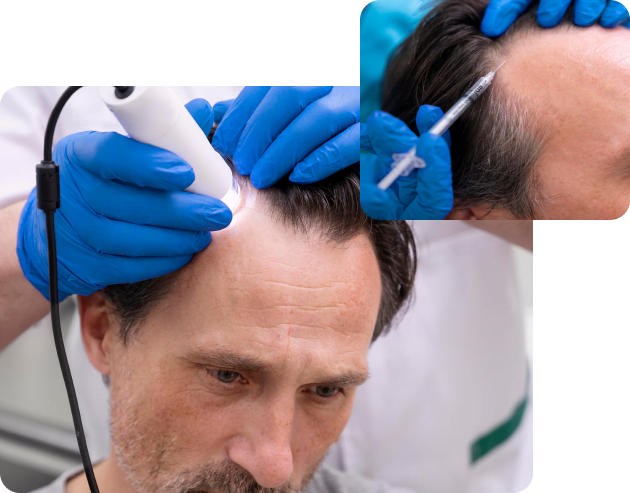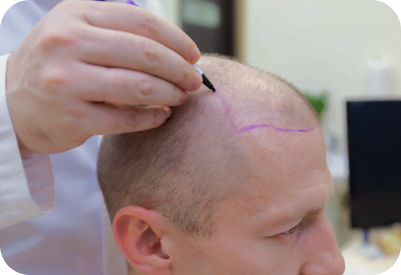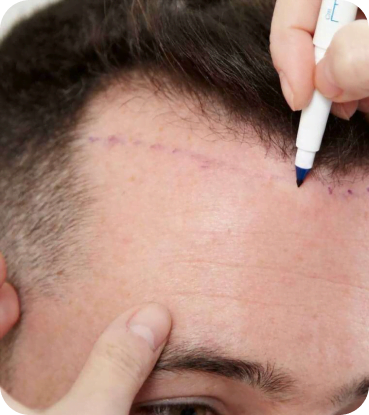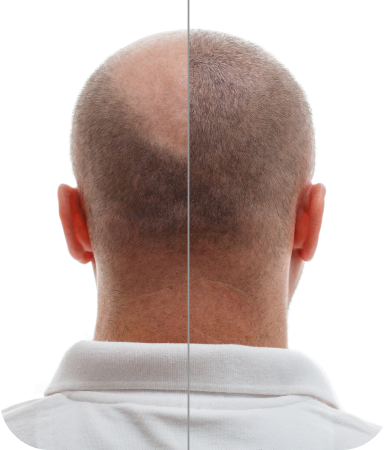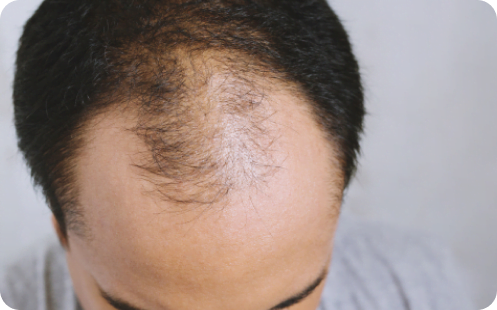Preparation and Procedure
Our doctor will give you detailed instructions for preparing for hair transplant surgery, including guidelines on eating and drinking, smoking, and taking or avoiding certain medications. Carefully following these instructions will help your surgery go smoothly. If you’re smoking, it’s essential to stop at least a week or two before surgery because smoking inhibits blood flow to the skin and can interfere with the healing process.
It’s also essential to ask someone to drive you home after the procedure. Take it easy for a day or two after the surgery and have someone assist you if you think you’ll need it.
At Long Island Hair Transplant Center, hair transplant surgery takes place in our office-based facility. It doesn’t require one whole day to complete the procedure. During your initial assessment, Dr. Barnard, Dr. Golio, or Clinician Daniels will determine the number of hair grafts needed for the duration of hair replacement treatment. Usually, the hair transplant procedure will begin in the morning and finish in the afternoon of the same day. In the ATERA FUE system, hair follicles receive moisturization after the extraction; this moisturization keeps the follicular unit primed for grafting and makes the whole process optimized. The hand unit can employ three different punch sizes, offering a solution more adaptable to a patient’s specific case than other systems.
- Dr. Barnard or Dr. Golio will shave the donor area on the back of your head.
- Local anesthesia with sedation is administered over the donor area to make you relaxed and comfortable.
- The hair restoration specialist extracts follicles from the donor area using micro punches under three to five times magnification.
- After extraction, the collection system puts them into a staging area that digitally counts the number of extracted units and keeps them optimal for grafting by putting them in a moist, cooled state.
- The clinicians will carefully transplant the harvested hair onto the desired area.
